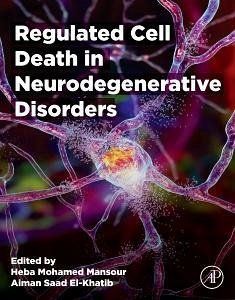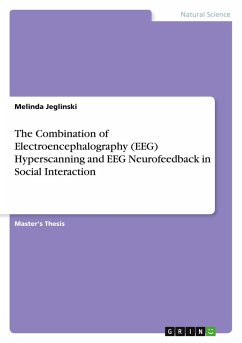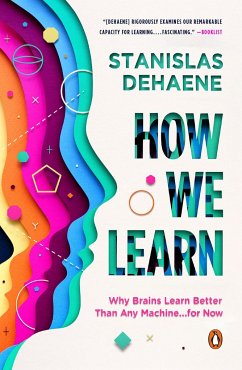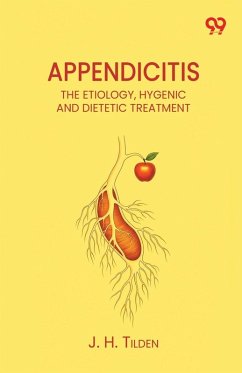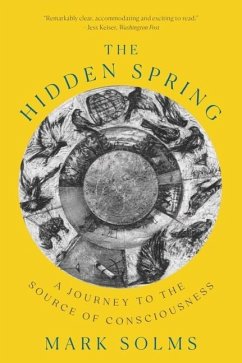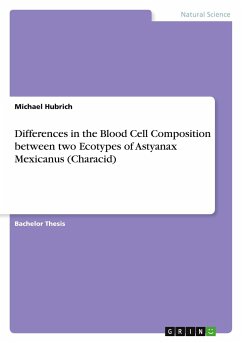
Differences in the Blood Cell Composition between two Ecotypes of Astyanax Mexicanus (Characid)
Versandkostenfrei!
Versandfertig in 1-2 Wochen
27,95 €
inkl. MwSt.

PAYBACK Punkte
0 °P sammeln!
Bachelor Thesis from the year 2024 in the subject Biology - Evolution, grade: 1,7, University of Münster (Institute for Evolution & Biodiversity), language: English, abstract: The characid Astyanax mexicanus is a coveted model organism for evolutionary ecology development and medical research. Perpetual darkness, low nutrition availability and low-oxygenized waters characterize the cave environment. That puts selective pressure on the cave-dwelling form towards extensive morphological and physiological adaptations, while still being able to generate fertile offsprings with the surface form. U...
Bachelor Thesis from the year 2024 in the subject Biology - Evolution, grade: 1,7, University of Münster (Institute for Evolution & Biodiversity), language: English, abstract: The characid Astyanax mexicanus is a coveted model organism for evolutionary ecology development and medical research. Perpetual darkness, low nutrition availability and low-oxygenized waters characterize the cave environment. That puts selective pressure on the cave-dwelling form towards extensive morphological and physiological adaptations, while still being able to generate fertile offsprings with the surface form. Under low parasite abundance, wild forms of Astyanax mexicanus cavefish shifted their immune systems strategy towards a more sensitive adapted immune response compared to the surface form. In this thesis, the blood cell composition between the cave-dwelling and the surface-dwelling form is analyzed. On top, the erythrocyte size between these ecotypes is compared. Blood smears from lab-raised individuals of the Pachón-cave ecotype (N=9) and the surface ecotype (N=9) were stained following the Pappenheim method. Light microscopy was used for generating images, which were analyzed with a trained deep-learning AI-model by Biodock.







